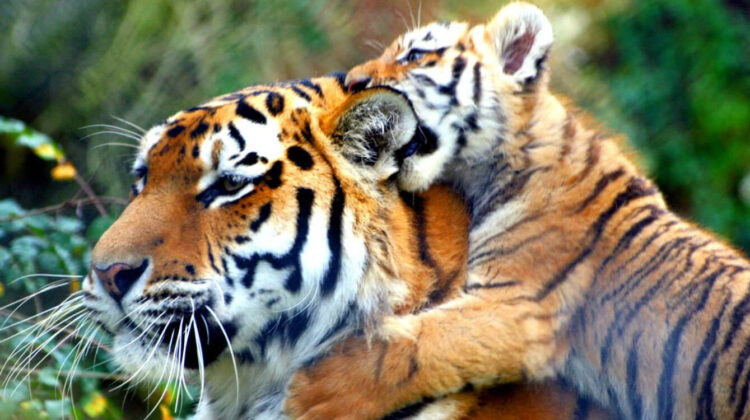
In honor of the commencement of the Tiger Year, the World Wildlife Fund (WWF) has released a new report revealing that the species’ decline has been reversed for the first time in a century.
The Lunar New Year, which is symbolized by the tiger, begins on February 1st. The tiger population has expanded globally since 2010, the previous year of the tiger, owing to a target established by 13 nations in the tiger’s territory to double the number of huge cats in the wild, according to the animal protection organisation.
“The 2010 Tiger Summit launched an unprecedented set of tiger conservation initiatives,” said Stuart Chapman, the Tiger Summit’s director. “The first edition of the Tiger Summit was held in St. Petersburg at a time when the wild tiger population was at its lowest, with only 3,200 individuals in the wild,” he said.
“The findings demonstrate what may be accomplished for species recovery through long-term collaborations.” These exceptional outcomes are the result of the efforts of field workers, conservation partners, and people living in tiger habitats.”
The research noted that expectations had been exceeded in certain situations, such as in Bhutan’s Royal Manas National Park in South Asia, where the adoption of a spatial monitoring tool (SMART) in conjunction with other conservation initiatives resulted in a tiger population tripling.
Despite these promising findings, WWF highlighted that more needs to be done to ensure their preservation, particularly in Southeast Asia and the Russian Far East, where poaching and habitat destruction are still threatening the big cat’s extinction.
Although the number of wild tigers is rising across the world, their range has shrunk even more, with tigers today occupying fewer than 5% of their original range.
Populations have plummeted in Malaysia, and the species is now on the verge of extinction in Cambodia, Laos, and Vietnam, where hunting and trapping pose a major danger.
“As we approach the Tiger’s Year, there is an urgent need to maintain worldwide efforts for the species’ recovery and to enhance all measures essential to guarantee the species’ long-term viability,” the statement added.
During the second Global Tiger Summit, which will take place on September 5, 2022 in Vladivostok, Russia, heads of state and ministers from countries where tigers can be found will join other world leaders, intergovernmental bodies, NGOs, and conservation experts to define the next phase of the Global Tiger Recovery Program.
Brussels Times is the source of this information.
